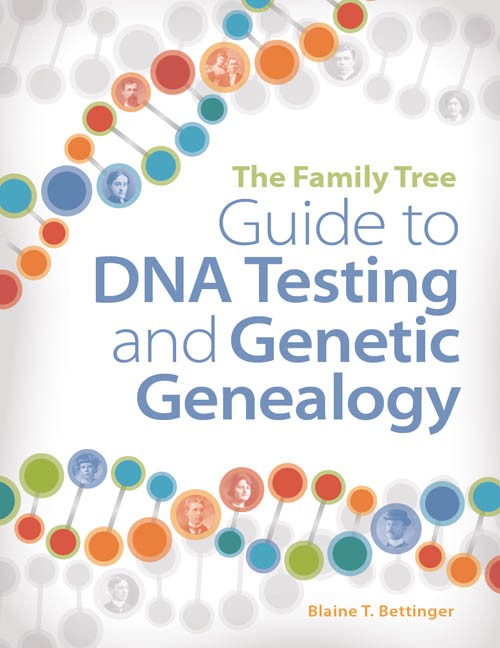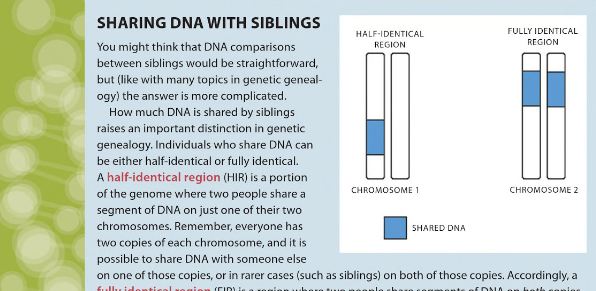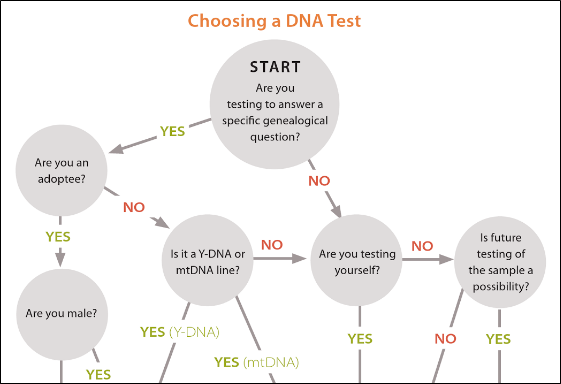 I am so happy to officially announce “The Family Tree Guide to DNA Testing and Genetic Genealogy,” my effort to help people understand DNA and genetic genealogy. The book, published by Family Tree Books, is 240 pages long and covers every aspect of DNA testing for ancestry research:
I am so happy to officially announce “The Family Tree Guide to DNA Testing and Genetic Genealogy,” my effort to help people understand DNA and genetic genealogy. The book, published by Family Tree Books, is 240 pages long and covers every aspect of DNA testing for ancestry research:
- Part One: Getting Started – Genetic Genealogy Basics; Common Misconceptions; and Ethics and Genetic Genealogy
- Part Two: Selecting a Test – Mitochondrial-DNA (mtDNA) Testing; Y-Chromosomal (Y-DNA) Testing; Autosomal-DNA (atDNA) Testing; and X-Chromosomal (X-DNA) Testing
- Part Three: Analyzing and Applying Test Results – Third-Party Autosomal-DNA Tools; Ethnicity Estimates; Analyzing Complex Questions with DNA; Genetic Testing for Adoptees; and The Future of Genetic Genealogy
- Appendices – Comparison Guides; Research Forms; and More Resources
For a preview of the book, you can visit the Amazon page or Google Books.
As you’ll see, the book is full of color images that help explain all aspects of DNA and genetic genealogy, like the following (only a portion of each are shown):


Here are a few reviews of The Guide:
- Review: New Guide to DNA Testing by Judy Russell
- Review: Guide to DNA Testing and Genetic Genealogy by Ann Raymont
- Review: The Family Tree Guide to DNA Testing and Genetic Genealogy by Thomas MacEntee
You can also hear me talk about The Guide on Episode #8 of The Genealogy Connection with Drew Smith.
The book is available for purchase at the following:
- Amazon (Paperback or Kindle)
- Family Tree (Paperback or Ebook) – Paperback is currently (Oct. 13, 2016) sold out
- Family Roots Publishing (Paperback)
- Barnes and Noble (Paperback or NOOK Book) – Paperback is currently (Oct. 13, 2016) sold out
- American Ancestors by NEHGS (Paperback)
- (Also available online via places like Target, Walmart, Books-A-Million, and Bookdepository)
And, if you’ve purchased and read The Guide, please consider leaving a review at Amazon!